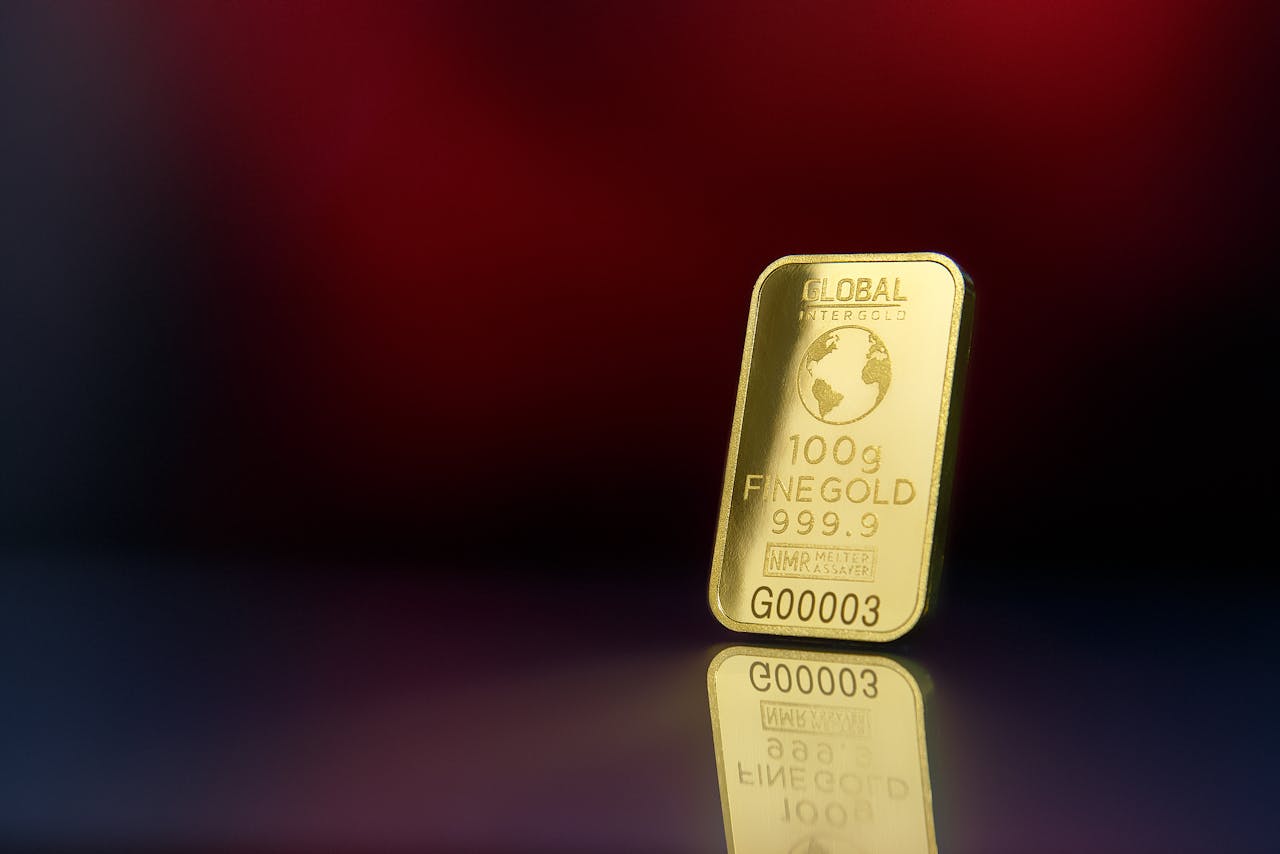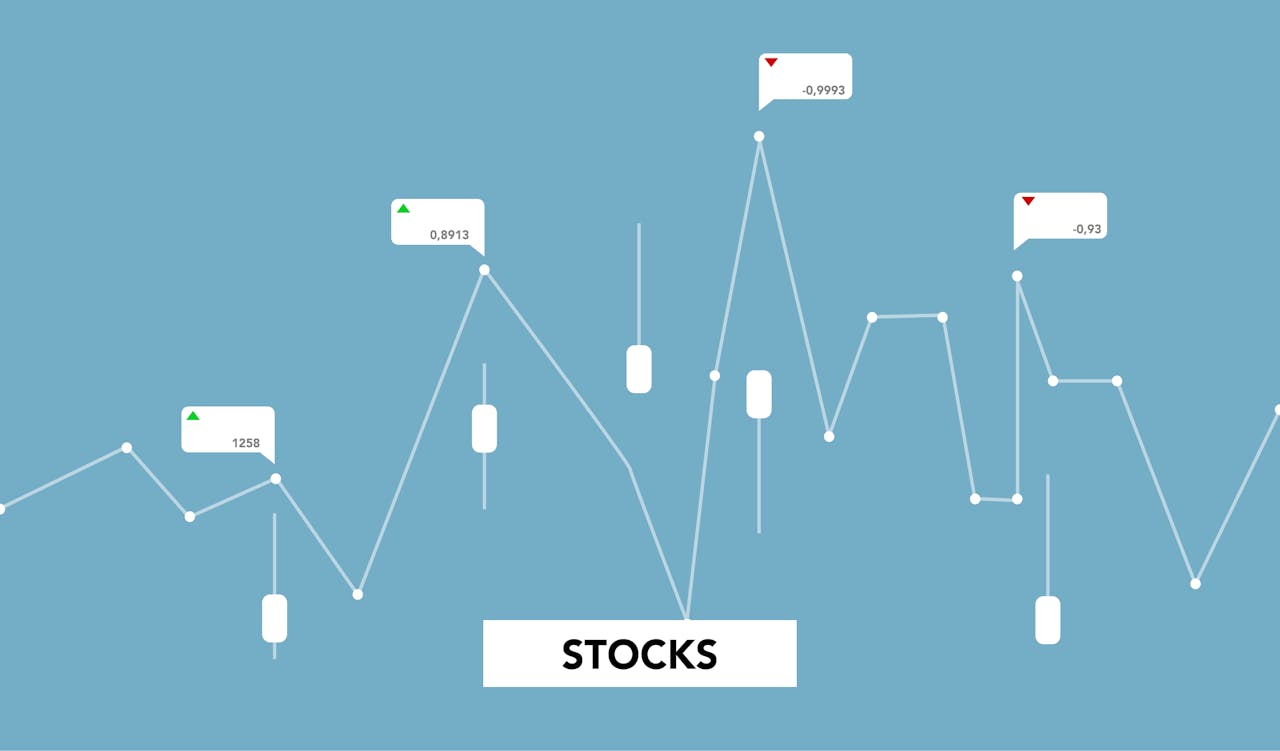Investing in precious metals has long been regarded as a reliable strategy for diversification. With their enduring value, these assets can help investors manage risks, particularly during times of economic uncertainty. Diversification, which involves spreading investments across various assets, is essential for building a balanced portfolio. This essay explores the benefits of diversifying using precious metals and how they can protect wealth, reduce risks, and provide long-term growth.
What Are Precious Metals?
Precious metals, such as gold, silver, platinum, and palladium, are naturally occurring elements that have high economic value. These metals are typically used in jewelry, electronics, and industrial applications, but they are also viewed as a store of wealth. Unlike paper currencies or other assets, precious metals have intrinsic value due to their rarity and demand.
Gold is often the most popular precious metal for investment purposes, known for its ability to retain value during economic downturns. Silver, platinum, and palladium also serve as valuable investment options, each with unique advantages and market characteristics.
Why Diversify with Precious Metals?
Diversification is a strategy that helps reduce investment risks by spreading capital across different asset classes. Precious metals, as tangible assets, offer significant diversification benefits that can protect an investor’s portfolio against volatility in the stock or bond markets.
- Hedge Against Inflation
Precious metals are often viewed as a hedge against inflation. When the value of paper currency declines due to inflation, the price of metals like gold and silver often rises. This relationship makes them an excellent choice for protecting purchasing power. As inflation erodes the value of cash, investors often turn to precious metals as a safe haven. - Safe Haven During Economic Uncertainty
Historically, precious metals have performed well during times of economic crisis or geopolitical instability. During periods of financial market turbulence, such as recessions or political upheavals, investors flock to these metals, believing that their value will hold steady or increase. For example, during the 2008 financial crisis, gold prices surged as stock markets faltered. - Reduced Correlation with Other Asset Classes
One of the main advantages of precious metals in a diversified portfolio is their low correlation with traditional assets like stocks and bonds. While the stock market may experience dramatic swings, precious metals tend to follow a different pattern. This means that their prices can move independently, providing stability and minimizing overall portfolio risk.
Different Ways to Invest in Precious Metals
There are various methods through which investors can gain exposure to precious metals. Each method comes with its own set of benefits and risks, so it is essential to understand the options before making a decision.
Physical Metals: Coins and Bars
One of the most straightforward ways to invest in precious metals is by purchasing physical gold, silver, platinum, or palladium. Investors can buy bullion coins, bars, or rounds, which are available through various dealers. These physical assets offer a tangible form of investment, and many people prefer them for their perceived security and reliability.
However, buying physical metals involves storage and insurance costs, and there may be liquidity concerns if you need to sell quickly. Nonetheless, they provide investors with the advantage of owning actual assets rather than paper derivatives.
Exchange-Traded Funds (ETFs)
For those who prefer a more liquid and convenient option, precious metal ETFs are a popular choice. These funds track the price of specific precious metals like gold or silver and are traded on major stock exchanges. Investing in an ETF allows individuals to gain exposure to precious metals without having to store or manage the physical assets.
ETFs offer lower transaction costs compared to buying physical metals, but they come with the risk of management fees and potential fluctuations in the performance of the underlying metal.
Mining Stocks and Mutual Funds
Another option is to invest in mining companies that extract precious metals from the earth. By purchasing shares in mining stocks or investing in mining mutual funds, investors gain exposure to the profitability of these companies. When the price of precious metals rises, mining companies may see increased profits, which can, in turn, boost stock prices.
However, mining stocks carry unique risks, including company-specific factors such as management decisions, operational issues, and fluctuating production costs. Therefore, it’s important to consider these risks when incorporating mining stocks into your investment strategy.
Precious Metal Futures and Options
For more experienced investors, trading futures and options on precious metals provides a higher level of exposure. These financial instruments allow investors to bet on the price movements of precious metals without owning the underlying assets. Futures and options can be highly profitable, but they are also associated with significant risk and require a deep understanding of the market.
These investment options are primarily used by traders who are comfortable with complex strategies and higher levels of volatility. They may not be suitable for beginners.
Diversifying a Portfolio with Precious Metals
Precious metals can be a key component of a well-diversified portfolio. By allocating a portion of your portfolio to these assets, you reduce the overall risk of your investments. When stock prices fall, precious metals often rise, providing a natural counterbalance. This can help reduce the volatility of your portfolio and provide more consistent returns over time.
- Gold
Gold is often seen as the foundation of any precious metals diversification strategy. As a store of value and a hedge against inflation, it has been a staple of investment portfolios for centuries. Historically, gold has been more stable than other asset classes, making it an ideal choice for conservative investors. - Silver
While silver is often more volatile than gold, it offers an attractive opportunity for diversification. It is used in many industrial applications, which can influence its price. Silver tends to perform well when industrial demand rises, making it a good option for investors looking for additional exposure to the economy’s growth. - Platinum and Palladium
Both platinum and palladium are less commonly used than gold and silver but still offer diversification potential. These metals are critical in industries like automotive manufacturing, where they are used in catalytic converters. Due to their industrial demand, platinum and palladium may offer different growth opportunities compared to gold and silver, further enhancing portfolio diversification.
Risks to Consider
While precious metals offer several benefits, there are also risks associated with these investments. First, the price of metals can be volatile in the short term, which could cause uncertainty for investors. Second, external factors, such as changes in government policy or shifts in global economic conditions, can influence the value of precious metals.
Moreover, precious metals do not generate income in the form of dividends or interest. As a result, investors relying solely on precious metals for income may find themselves lacking cash flow. Additionally, storage and insurance costs for physical metals can eat into potential returns.
Conclusion
Diversifying with precious metals is a smart and effective strategy for reducing risk and enhancing portfolio stability. These assets, such as gold, silver, platinum, and palladium, offer a safe haven during times of economic uncertainty and provide a hedge against inflation. While there are various ways to invest in precious metals, each comes with its own set of advantages and risks. By incorporating precious metals into a well-diversified portfolio, investors can reduce the impact of market volatility and potentially increase long-term returns. However, it is crucial to understand the risks involved and consider your financial goals before making an investment.
Check out our Facebook or X accounts.
For more topics check here.



